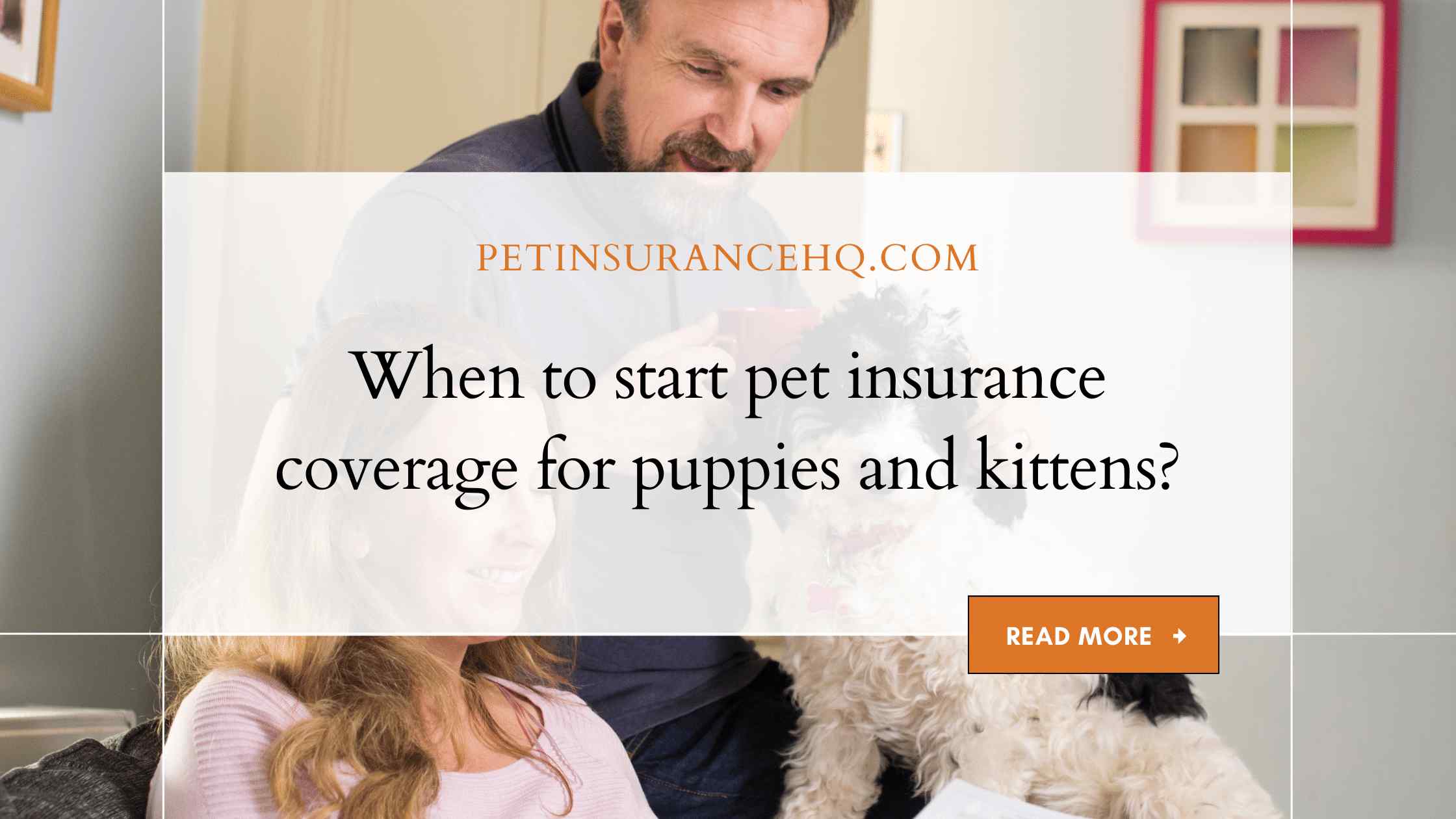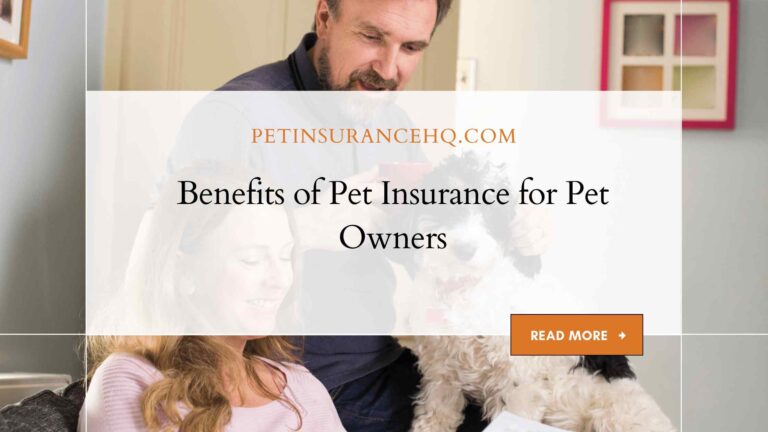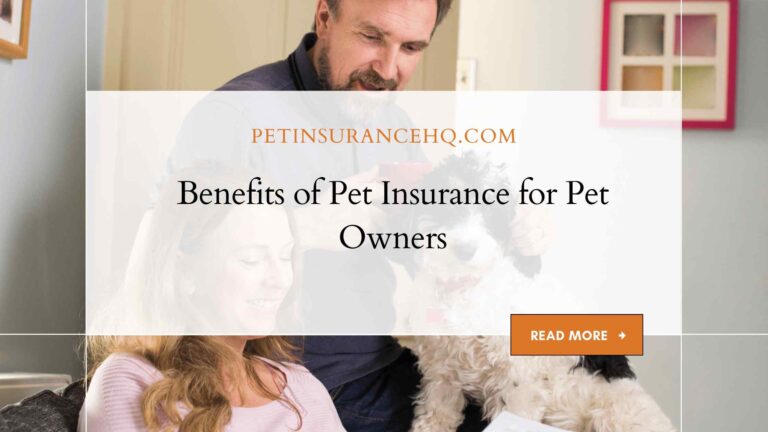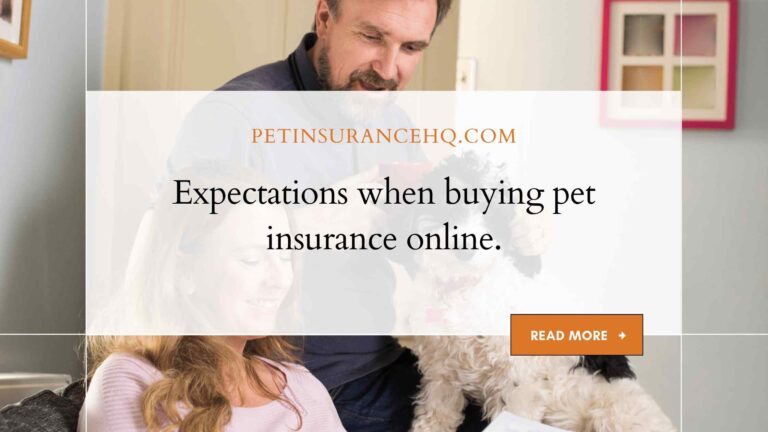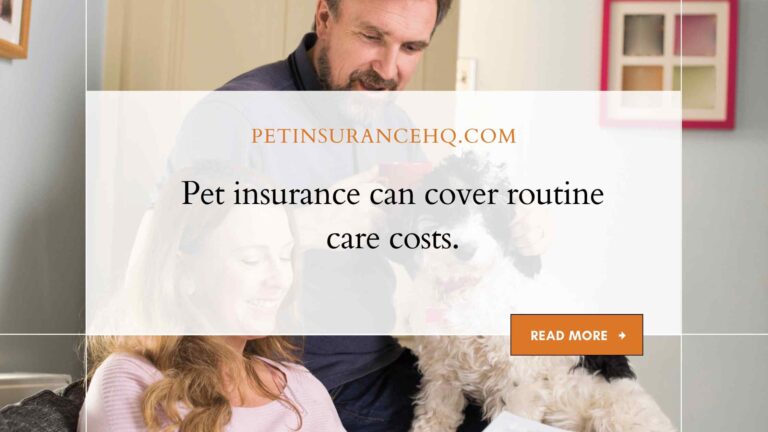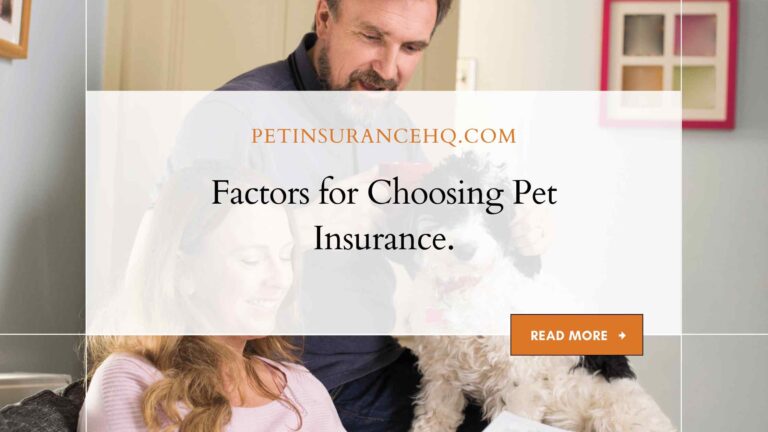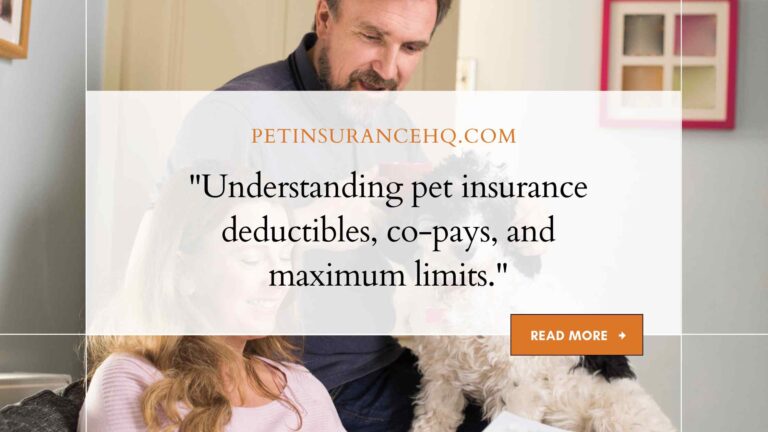Pet Insurance for Puppies and Kittens: When to Start Coverage
Puppies and kittens are some of the cutest creatures on Earth. They bring endless joy, cuddles, and love to their owners’ lives. However, as cute as they are, owning a pet can be quite expensive when it comes to healthcare needs. Pet insurance is an excellent way for pet parents to protect themselves financially while ensuring their furry friends receive the best possible care. But when should you start coverage?
In this blog post, we’ll explore everything there is to know about getting pet insurance for puppies and kittens so that you can make informed decisions about your furry friend’s health without breaking the bank!
What is Pet Insurance?
Your furry friend is like a member of the family, so you want to do everything you can to protect them. That’s why pet insurance can be a great option for new puppy and kitten owners.
Pet insurance helps cover unexpected veterinary bills when your pet is sick or injured. It’s there to help with the financial burden so you can focus on giving your pet the best possible care.
There are a few things to consider when deciding whether or not pet insurance is right for you and your new puppy or kitten. The first is the cost of coverage. Pet insurance plans typically start at around $25 per month, but the exact price will depend on factors like your pet’s breed, age, and location.
It’s also important to think about what kind of coverage you need. Most plans have different levels of coverage, so you can choose the one that best fits your budget and meets your pet’s needs. For example, some plans may cover preventive care like vaccinations and routine wellness check-ups, while others may only cover accidents and illnesses.
It’s a good idea to read the fine print before signing up for a policy. Some insurers have exclusions or limitations on what they cover, so it’s important to understand exactly what your policy does and does not cover.
Once you’ve considered all of these factors, you can decide if pet insurance is right for you and your puppy or kitten.
Benefits of Pet Insurance
As a pet owner, you want to do everything you can to keep your furry friend healthy and happy. But accidents happen, and even the healthiest pets can get sick or injured. That’s where pet insurance comes in.
Pet insurance can help cover the cost of unexpected veterinary bills, whether it’s for an accident or unexpected illness. And if your pet needs ongoing treatment for a chronic condition, pet insurance can help make that affordable too.
There are different types of pet insurance policies available, so you can find one that fits your budget and your pet’s needs. And because premiums are based on your pet’s age and health status, it’s never too late to start coverage.
So if you’re wondering whether pet insurance is worth it, the answer is yes! Pet insurance can give you peace of mind knowing that you’re prepared for anything life throws your way.
When to Start Pet Insurance for Puppies and Kittens

As a new pet owner, you may be wondering when the best time to start pet insurance for your puppy or kitten is. The short answer is: as soon as possible!
Puppies and kittens are prone to a variety of health problems, from common colds to more serious conditions like hip dysplasia. Many of these conditions can be expensive to treat, so having pet insurance can help relieve some of the financial burden.
In addition, puppies and kittens typically need more frequent vet visits than adult pets do. This is because they’re still growing and developing, and need to be monitored closely for any health issues. Pet insurance can help offset the cost of these regular vet visits.
So when should you start coverage? The sooner the better! By starting pet insurance early on, you’ll be more likely to have coverage in place if your puppy or kitten ever needs it.
Types of Plans Available
There are three types of pet insurance plans available: accident-only, comprehensive, and wellness.
Accident only plans cover veterinary costs for unexpected accidents or injuries. These plans do not cover routine vet visits or preventive care. Comprehensive plans cover both accidents and illnesses, as well as routine vet visits and preventive care. Wellness plans are comprehensive coverage plans that also include reimbursements for routine care, like vaccinations, teeth cleanings, and more.
Here’s a more detailed look at each type of plan:
Accident Only Plans:
- Covers unforeseen accidents and injuries
- Does not cover routine vet visits or preventive care
Comprehensive Plans:
- Covers accidents and illnesses
- Includes routine vet visits and preventive care
- May also offer additional coverage options, like behavioral therapy or alternative treatments
Wellness Plans:
- Covers accidents, illnesses, and routine care
- May offer additional coverage options, like behavioral therapy or alternative treatments
Costs Involved in Pet Insurance
There are a variety of costs involved in pet insurance, which can make it difficult to determine how much coverage you need. Some factors to consider include the type of pet you have, your budget, and the level of coverage you desire.
The most important factor in deciding how much pet insurance to get is the type of animal you have. If you have a purebred dog or cat, you will likely pay more for insurance than if you have a mixed breed. This is because purebreds are more susceptible to certain genetic health problems.
Your budget is another important consideration when determining how much pet insurance to purchase. You’ll need to decide how much you’re willing to spend on premiums each month, as well as any deductibles or co-pays you’re comfortable with. Keep in mind that pet insurance is an ongoing expense, so be sure to factor it into your overall budget.
Think about the level of coverage you desire. Basic plans may cover only accidents and illnesses, while more comprehensive plans may also cover routine care such as vaccinations and routine check-ups. Ultimately, the decision of how much coverage to get depends on your individual circumstances and needs.
Tips for Making the Most of Your Plan
Starting pet insurance when your pet is a puppy or kitten is one of the best ways to ensure you’re getting the most out of your plan. Here are a few tips to help you get the most out of your pet insurance:
- Choose a comprehensive plan: A comprehensive pet insurance plan will cover your pet for all kinds of accidents and illnesses, as well as routine care. This way, you can be sure that you’re covered for everything from vet visits to surgeries.
- Start coverage early: The earlier you start coverage, the lower your premiums will be. In addition, many insurers offer discounts for starting coverage early.
- Get multiple quotes: Be sure to get multiple quotes before choosing a pet insurance plan. This way, you can compare rates and find the best deal for your needs.
Alternatives to Pet Insurance
There are a few alternatives to pet insurance that you may want to consider when looking for coverage for your puppy or kitten. Some people opt to self-insure their pets, which means setting aside money each month to cover potential veterinary bills. This can work if you are disciplined with your savings and have a low-risk pet, but it doesn’t offer much financial protection if your pet gets sick or has an accident.
Another option is to get a healthcare savings plan for your pet. These plans operate like human health savings plans, allowing you to set aside money tax-free to use towards veterinary bills. They typically have no annual limits and can be used for any type of veterinary care. However, they still require you to pay out-of-pocket for veterinary bills and then get reimbursed later.
Some people choose to go without any pet insurance or other financial protection for their furry friend. This is obviously the cheapest option, but it also means that you are 100% responsible for all of your pet’s medical bills. If you’re comfortable with this level of risk and feel confident in your ability to pay for any unexpected vet bills, then going without insurance may be the right choice for you.
Conclusion
Pet insurance coverage for puppies and kittens is a valuable investment that can help provide peace of mind in the event your new furry family member suffers from an injury or illness. Before selecting any pet insurance plan, be sure to do your research to determine what coverage works best for you and your budget. Starting coverage at a young age ensures that you are taking proactive steps to protect your pet’s health throughout their lives. With early enrollment, you may even qualify for additional savings or benefits depending on the provider.

